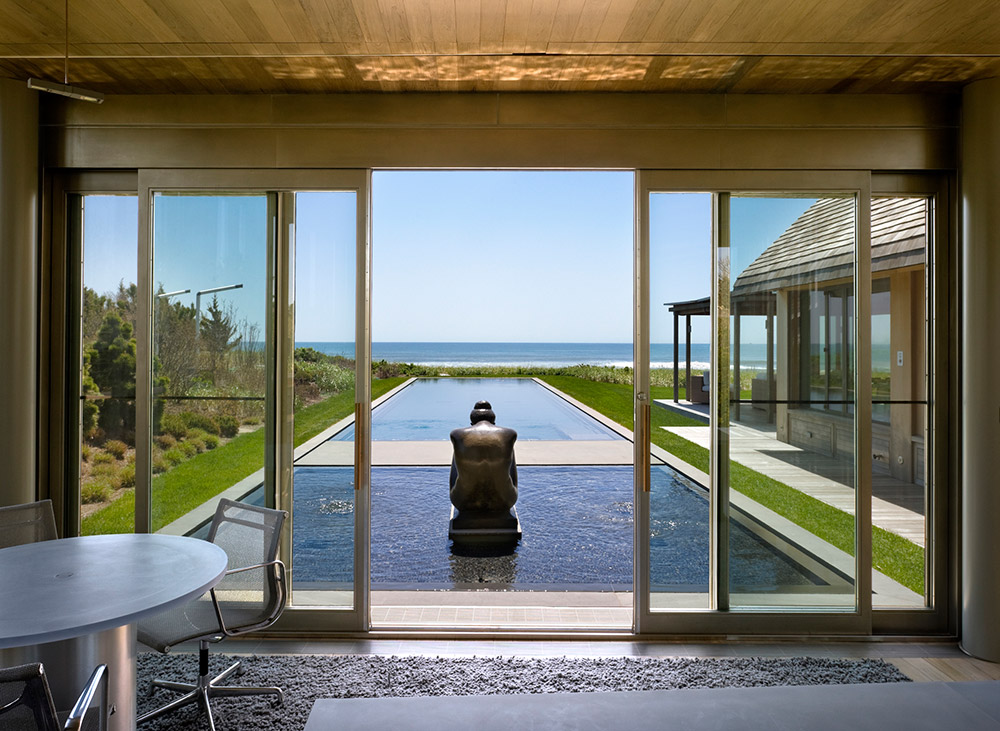Biophilic Architecture
Written by: Katherin Joyette|November 4, 2020|8 min read
Biophilic Architecture focuses on buildings that connect the user to the natural world. These buildings promote natural light and natural landscapes that contribute to human health and well-being. Humans are intrinsically connected to nature, so adding these elements into your structure makes us all healthier and happier. Here, we'll go over the 4 basic elements of Biophilic Architecture and how to improve any design to reflect the beauty of the natural environment around us.

Water
Natural water sounds and the presence of water built into the design environment has a multitude of positive affects on the body and mind. Adding water into your indoor and outdoor spaces can lower your heart rate and blood pressure, increase feelings of tranquility, reduce stress, improve concentration and perception, and boost memory restoration. Elements like ocean views, water features and images of water enhance the environment and are preferred over more urban and industrialized sites. The general take away is that water has plenty of beneficial effects on the human psyche and should be an important part of your indoor and outdoor design environment.
Plant Life
“Positive impact on mood and self-esteem has also been shown to occur most significantly in the first five minutes of experiencing nature, such as through exercise within a green space.” — Barton & Pretty, 2010. Water has many of the same benefits as plant life incorporated into an outdoor and indoor space. Visual connection to nature is very important and can uplift your mood and emotions. Ways of integrating plant life into your architectural designs include:
- green roofs
- green walls
- tree landscapes and window views
- green courtyards and spaces
Plants also clean the air around you, which is a benefit in and of itself and add texture and beauty to your design.

Light
Lighting is very important in Biophilic Design and refers specifically to organic designs and materials, as well as lighting that mimics the natural pattern of the sun and supports the bodies circadian rhythm. Artificial lights can cause headaches, eye strain and can disrupt the circadian rhythm causing insomnia and attention issues. Biophilic lighting provides naturals ways to incorporate lighting into any environment, helping to enhance the wellness of the user. Biophilic lighting has been know to affect the contentment of the individual, while sharpening concentration and focus.

Air
Biophilic air encompasses the quality and ventilation of the air in your space.
While plants have visual biophilic properties, they also clean the air around you. In this aspect they add to air quality and double as both plant life and air enhancers. Poor air quality in your space can seriously affect your health. Enhanced ventilation systems, operable windows, rolling overhead doors that open to outdoor areas, solar chimneys, or HVAC systems provide better air quality for the overall health of the individual.

